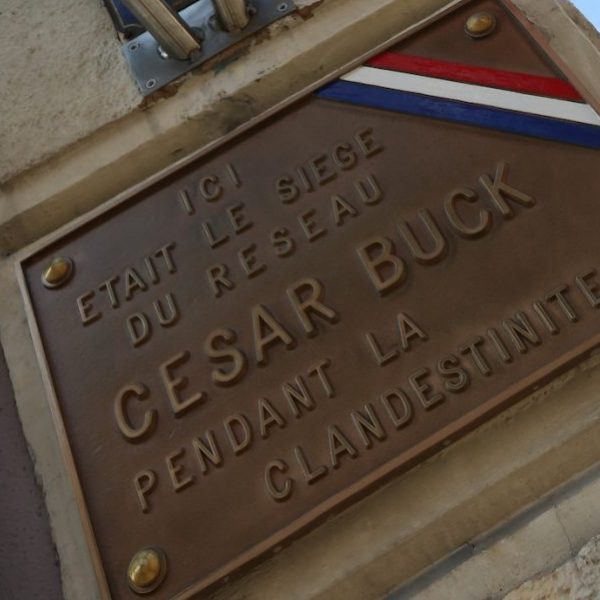Celebrating the Centennial of Swann’s Way, by Marcel Proust
Visit the Proust-Ink website for more centennial news and events from Bill Carter!
With today’s centennial date, November 14, of the original publication of Swann’s Way, I thought I would share some of my thoughts about this important literary event. What we are celebrating, of course, is Proust’s own quest through the persona of the novel’s Narrator, sometimes called Marcel, his questions and his answers, answers that whether tentative or definitive, have beguiled and intrigued readers for the past century. At the end of the novel, in Time Regained, the Narrator wonders about the future of his life’s work, the survivability of the book he now intends to write:
We accept the thought that in ten years we ourselves, in a hundred years our books, will no longer exist. Eternal duration is promised no more to works of men than to men.
One of Proust’s favorite quotations about books was from the Latin writer Terentianus Maurus, “habent sua fata libelli”: books have their destiny. Now, one hundred years after the publication of Du côté de chez Swann, we know the fate of Proust’s book; far from having fallen into oblivion, In Search of Lost Time seems more alive than ever as it continues to engender new translations and editions and adaptations in media all around the globe.
The celebrations began with a month-long Proust fest sponsored by Sarasota and the New College, at which I was honored to be the opening plenary speaker. The following day the public library offered a screening of the documentary film Marcel Proust: A Writer’s Life, which I coproduced and which aired nationally on PBS and other television networks around the globe. New York City’s Morgan Library offered one of the highlights of the spring celebration with the exhibition of some of the manuscripts of Du côté de chez Swann and related Proust letters and other documents. It was an exciting and moving experience to see those pages on this side of the Atlantic, where Proust has found so many readers over the decades.

Photo by Nicolas Drogoul.
The gate to the Pré Catelan garden in Illiers-Combray. This garden, created by Proust’s Uncle Jules Amiot, is the model for Charles Swann’s park in Swann’s Way. Proust named Swann’s country estate at Combray “Tansonville,” which is the name of a similar estate near Illiers-Combray.
In June, I was invited by the Paris Rotary Club and the Proust Society at Illiers-Combray to screen the French version of my documentary at the Proust Museum, once the home of Proust’s maternal aunt Élisabeth Amiot and her husband, Jules. Illiers, home to Proust’s father, Dr. Adrien Proust, is one of the primary inspirations for the creation of Combray in the novel. Proust’s fame had become such by 1971, the centennial year of his birth, that the little town of Illiers officially changed its name to Illiers-Combray, which may be the unique example of a town taking its name from a work of fiction. While in France, I was also invited to be a plenary speaker at the biennial Balbec-Normand de Marcel Proust, an event sponsored by the two Norman towns that Proust knew and loved: Trouville and Cabourg. Proust spent every summer from 1907 to 1914 at the Grand-Hôtel in Cabourg, which is the model for the similar hotel at Balbec in the novel.
Now the centennial is upon us. On November 8, I attended the opening reception of an exhibition by my university, the University of Alabama at Birmingham, of our autograph Proust holdings, including an autographed edition of Du côté de chez Swann and fifteen letters that Proust wrote to the duchesse de Clermont-Tonnerre and to the duc Armand de Guiche. After that event, my wife, Lynn, and I left for Boston, where we attended the Boston Museum of Fine Arts’ Sunday, November 10, afternoon program, which included a concert on Proust and Music and a lecture by Eric Karpeles, author of Proust and Painting, on that topic. I spoke at the Boston Athenaeum on November 12,and today on November 14, the actual centennial date, I will speak at the Providence Athenaeum. On Saturday, November 16, I will participate in a reading of all of Du côté de chez Swann, sponsored by the Yale University French Department and the Yale Drama Department. The reading will take place on stage with a decor that duplicates Proust’s famous cork-lined room. On November 17, at the 92nd Street Y in New York City, I will speak about my biography of Proust before joining a panel of distinguished novelists whose work has been influenced by Proust: Jennifer Egan of the United States and France’s Laurent Mauvignier and Oliver Rolin. This event is also sponsored by the French cultural services, which is also producing a marathon reading of all of Swann’s Way that will take place in various parts of New York City.
I am lucky to have begun and to be invited to close (as far as I can tell) the Proust centennial celebrations. I will be the closing plenary speaker at a conference (December 16–18) at Exeter University in England that will bring together distinguished Proustians from all around the globe. My talk will be inspired by a line from Proust, “mon livre me venait de Swann”: my book came to me from Swann.
William C. Carter is University Distinguished Professor Emeritus, University of Alabama at Birmingham. Referred to as “Proust’s definitive biographer” by Harold Bloom, Carter is the author of landmark biographical works on Proust, including, Marcel Proust: A Life, reissued for publication with a new preface by Yale University Press earlier in 2013. He is currently at work on subsequent volumes of the Yale annotated edition of In Search of Lost Time, to be published annually in coming years. He lives in Birmingham, AL.





